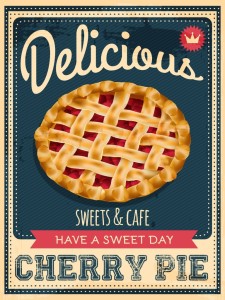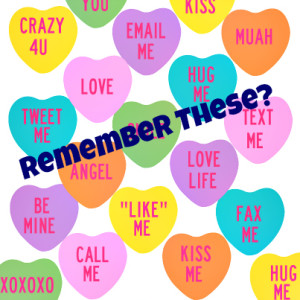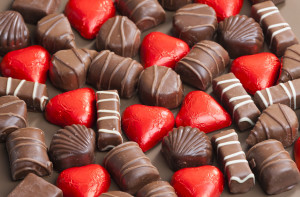 Thin Mints may account for 25% of Girl Scout cookie sales, but the thin chocolate wafers bear little resemblance (other than being cookies) to the original girl scout cookies.
Thin Mints may account for 25% of Girl Scout cookie sales, but the thin chocolate wafers bear little resemblance (other than being cookies) to the original girl scout cookies.
The first Girl Scout troop was organized over a hundred years ago (March 12, 1912) in Savannah, Georgia. Selling cookies — a way to finance troop activities — began as early as 1917 when they were sold in an Oklahoma high school cafeteria as a service project.
Girl Scout cookies were originally baked in home kitchens with moms as the “technical advisers.” In July 1922, The American Girl Magazine, which was published by Girl Scout national headquarters, printed a cookie recipe that had been distributed to the Council’s 2,000 Girl Scouts. The approximate cost of ingredients for six- to seven-dozen cookies was estimated at 26 to 36 cents; the suggested sale price was 25 or 30 cents for a dozen.
In the 20s and 30s the simple sugar cookies baked by Girl Scouts and their mothers were packaged in waxed paper bags, sealed with stickers, and sold door to door.
Girl Scout Cookie Recipe (circa 1922, from GirlScouts.org)
1 cup butter
1 cup sugar
Additional sugar for topping (optional)
2 eggs
2 tablespoons milk
1 teaspoon vanilla
2 cups flour
1 teaspoon salt
2 teaspoons baking powder
Cream butter and the cup of sugar; add well-beaten eggs, then milk, vanilla, flour, salt, and baking powder. Refrigerate for at least 1 hour. Roll dough, cut into trefoil shapes, and sprinkle sugar on top, if desired.
Bake in a quick oven (375°) for approximately 8 to 10 minutes or until the edges begin to brown. Makes six- to seven-dozen cookies.
Present Day Recipes
For present day cookie recipes, check out the websites of the two licensed Girl Scout cookie bakers: ABC Bakers and Little Brownie Bakers, and on www.pinterest.com/GSUSA. For a list of specific cookie ingredients go to Meet the Cookies.
The cookies, all of which are kosher, are sold by weight, not quantity. The size and number of cookies in the package varies with the baker, but is displayed on every package. The cookies are sold for different prices in different areas of the country with each of the 112 Girl Scout councils setting its own price based on its needs and its familiarity with the local market.



